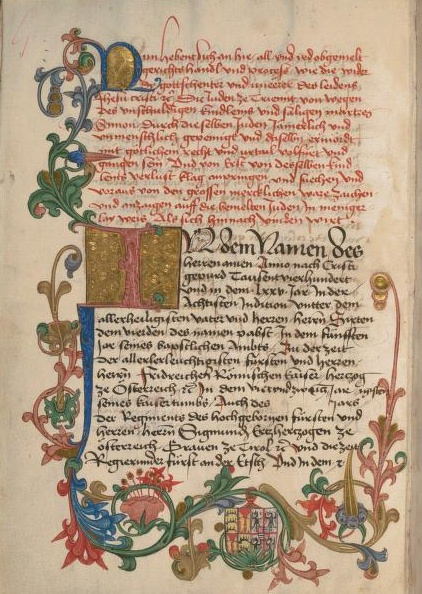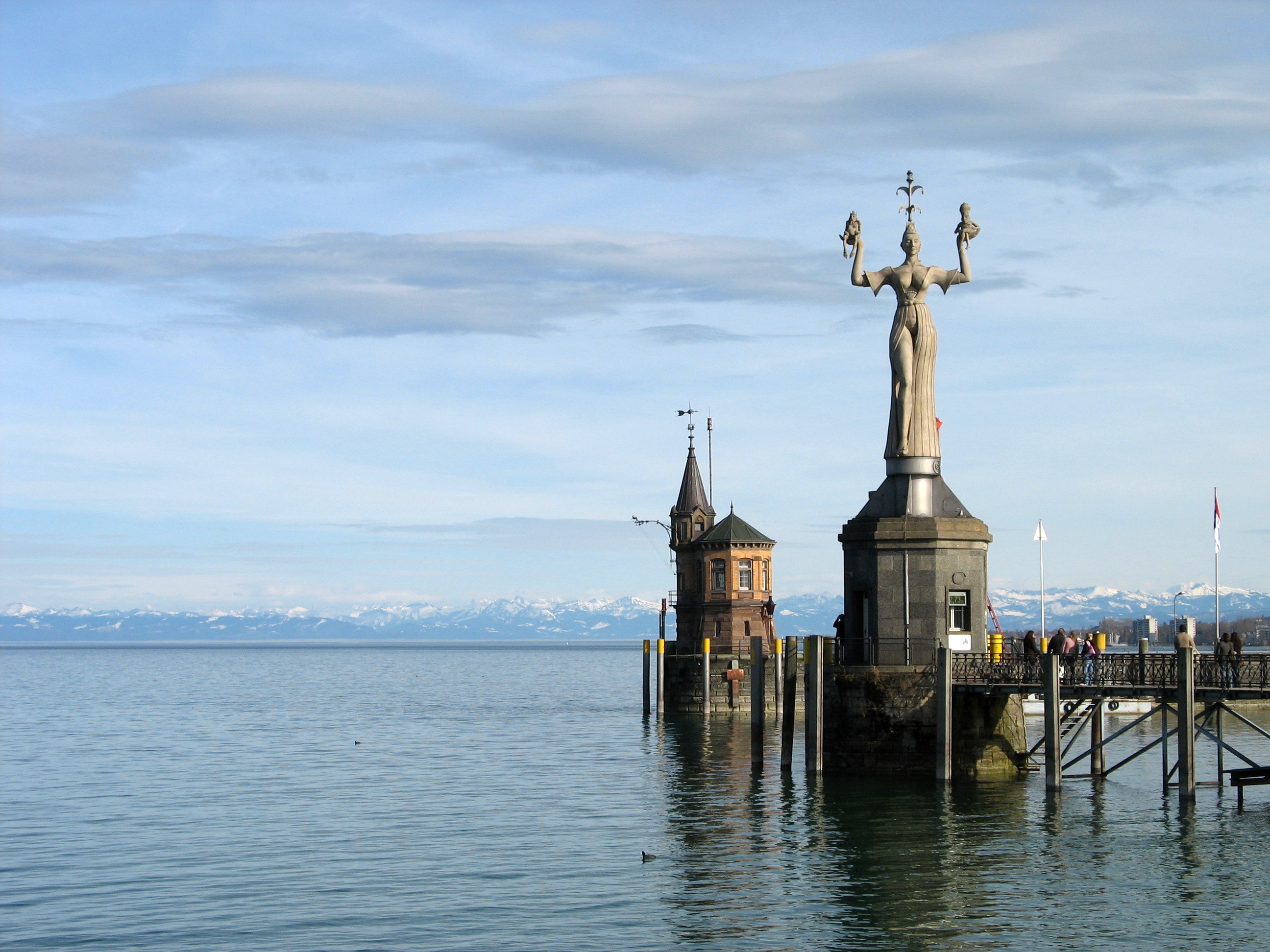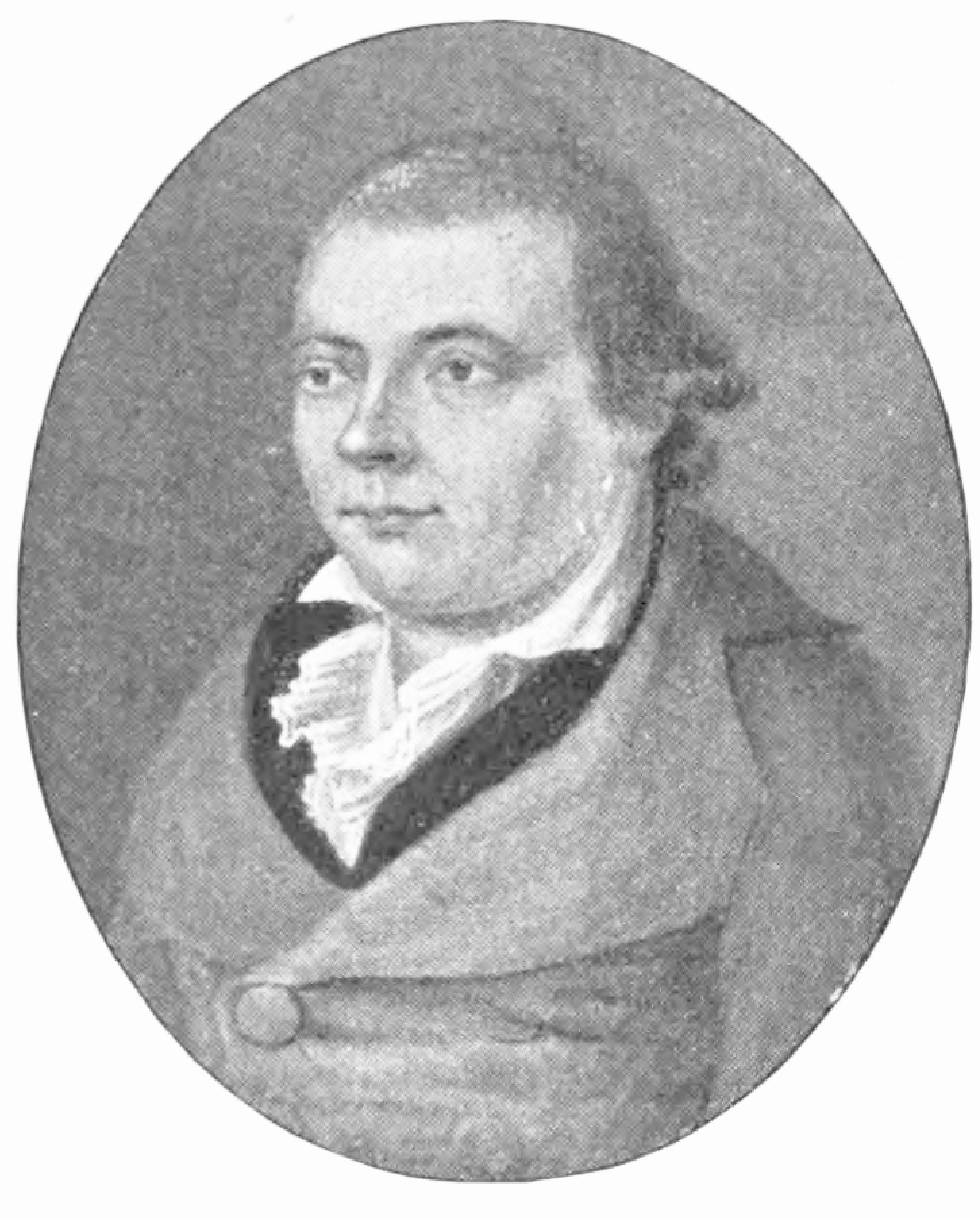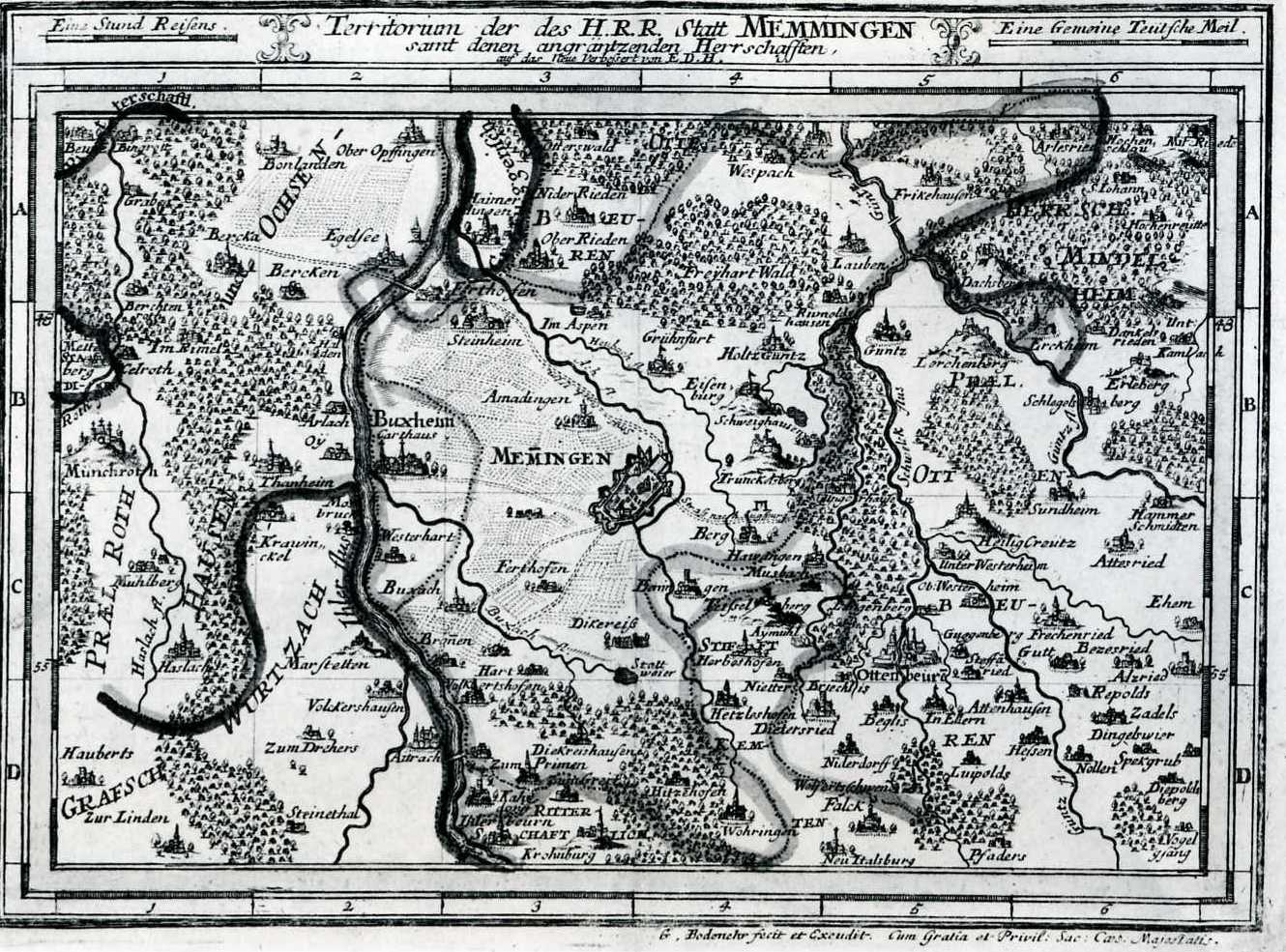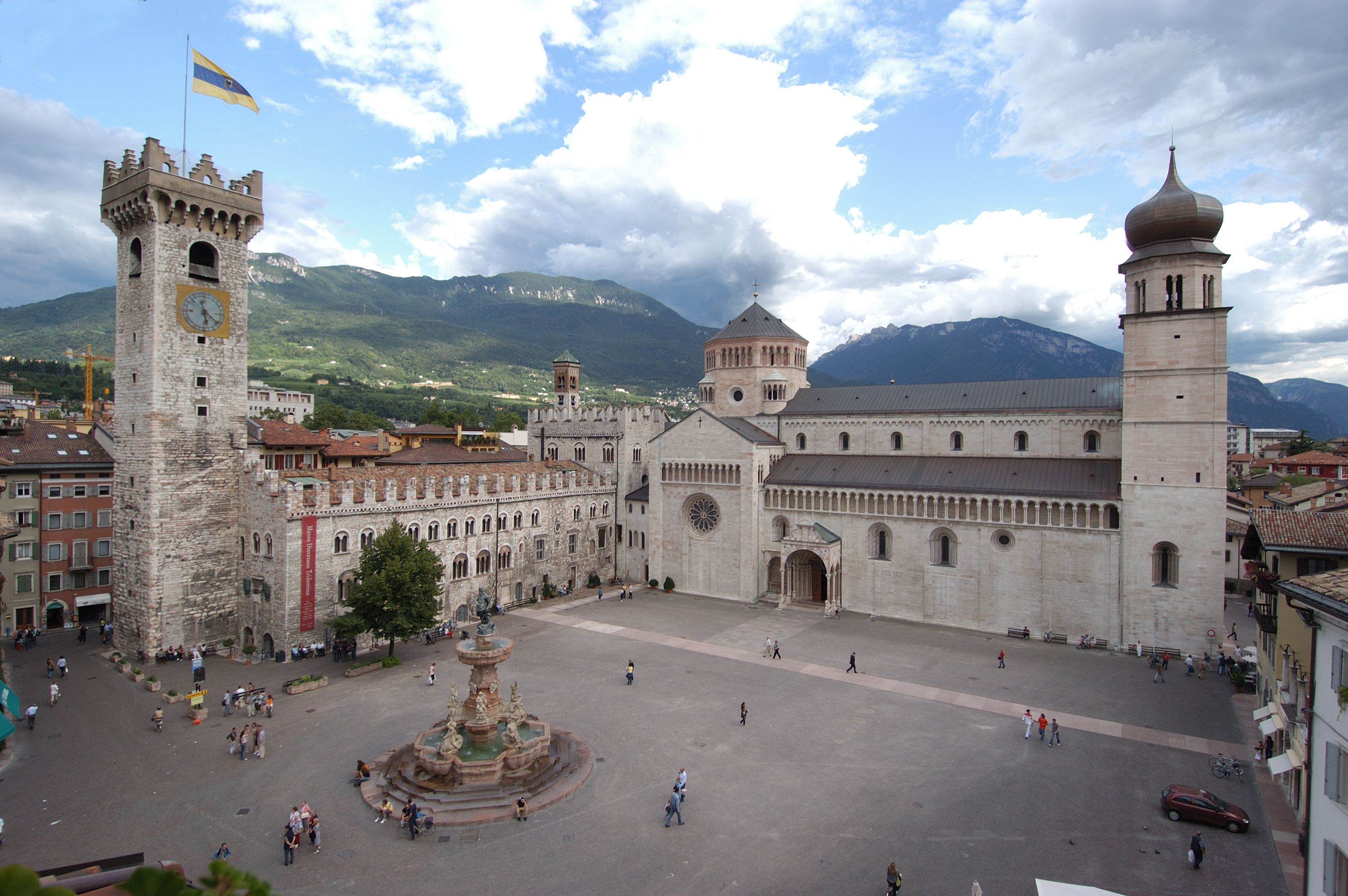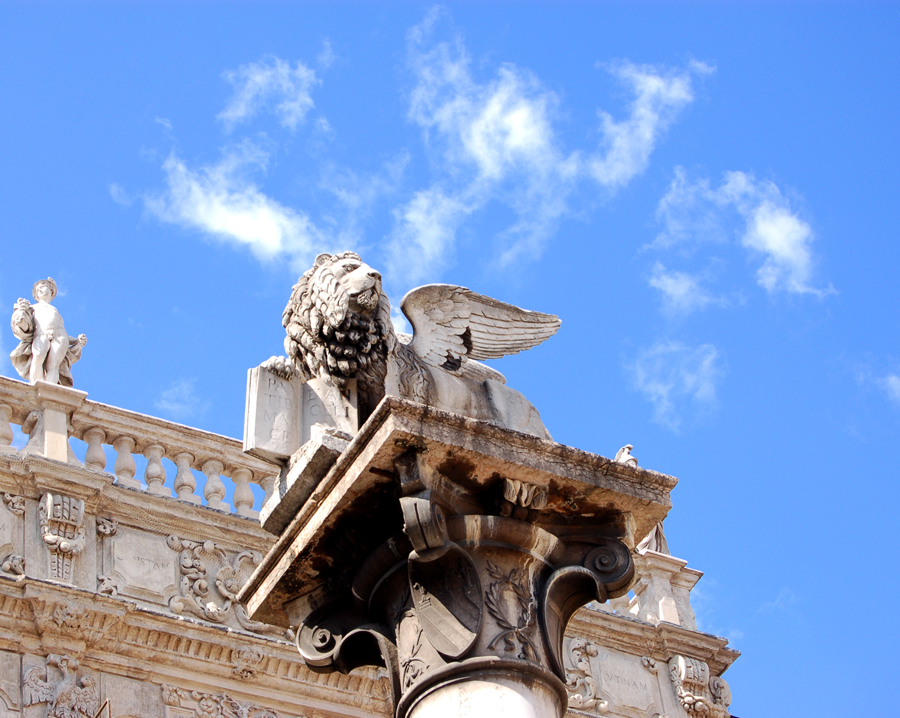|
Barbara Gonzaga (1455–1503)
Barbara Gonzaga (, ; 11 December 1455 — 30 May 1503), nicknamed ''Barbarina'', was an Italian noblewoman member of the House of Gonzaga and by marriage Countess consort (1474–1495) and first Duchess consort of Württemberg (1495–1496). Life Born in Mantua, she was the twelfth child and seventh daughter of Ludovico III Gonzaga, Marquis of Mantua and his wife Barbara of Brandenburg. On her paternal side, she was the granddaughter of the first Margrave of Mantua, Gianfrancesco Gonzaga, and his wife Paola Malatesta da Rimini. On the maternal side, she was the granddaughter of John, Margrave of Brandenburg-Kulmbach (nicknamed the Alchemist) and his wife Barbara of Saxe-Wittenberg. She was named after both her mother and maternal grandmother. Barbara received a good education at her father's court: in addition of her native Italian, she learned the German language and also the ancients Latin and Greek languages; also, she had knowledge in history and literature and was interes ... [...More Info...] [...Related Items...] OR: [Wikipedia] [Google] [Baidu] |
Andrea Mantegna
Andrea Mantegna (, ; ; September 13, 1506) was an Italian Renaissance painter, a student of Ancient Rome, Roman archeology, and son-in-law of Jacopo Bellini. Like other artists of the time, Mantegna experimented with Perspective (graphical), perspective, e.g. by lowering the horizon in order to create a sense of greater monumentality. His flinty, metallic landscapes, and somewhat stony figures give evidence of a fundamentally sculptural approach to painting. He also led a workshop that was the leading producer of Old master print, prints in Venice before 1500. Biography Youth and education Mantegna was born in Isola Mantegna, Isola di Carturo, Republic of Venice, Venetian Republic close to Padua. He was the second son of a carpenter, Biagio. At the age of 11, he became apprenticed to Paduan painter Francesco Squarcione. Squarcione, whose original profession was tailoring, appears to have had a remarkable enthusiasm for ancient art, and a faculty for acting. Like his famous c ... [...More Info...] [...Related Items...] OR: [Wikipedia] [Google] [Baidu] |
Duke Of Milan
Milan was ruled by dukes from the 13th century to 1814, after which it was incorporated into the Kingdom of Lombardy–Venetia by the Congress of Vienna. List of dukes of Milan House of Visconti In 1395, Gian Galeazzo Visconti was titled Duke of Milan by King Wenceslaus, who sold the title under the payment of circa 100,000 florins. Since that moment, all the following rulers of Milan were styled as dukes. House of Sforza (1st rule) After the death of Filippo Maria in 1447, the main line of Visconti went extinct. Benefited by political chaos, a cabal of wealthy citizens, academics and clerics declared the Duchy dissolved and proclaimed the oligarchical Golden Ambrosian Republic. The republic was never recognized and the neighboring states of Venice and Savoy tried to expand their fiefdoms in Lombardy, as well as France. Taking advantage of the state's weakness and the resurgent Guelph-Ghibelline conflict, the commander-in-chief of the Milanese forces, Francesco I Sforza ... [...More Info...] [...Related Items...] OR: [Wikipedia] [Google] [Baidu] |
Konstanz
Konstanz ( , , , ), traditionally known as Constance in English, is a college town, university city with approximately 83,000 inhabitants located at the western end of Lake Constance in the Baden-Württemberg state of south Germany. The city houses the University of Konstanz and was the residence of the Roman Catholic Diocese of Konstanz for more than 1,200 years. Location The city is located in the state of Baden-Württemberg and situated at the banks of Lake Constance (''Bodensee'' in German). The river Rhine, which starts in the Swiss Alps, passes through Lake Constance and leaves it, considerably larger, by flowing under a bridge connecting the two parts of the city. North of the river lies the larger part of the city with residential areas, industrial estates, and the University of Konstanz; while south of the river is the old town, which houses the administrative centre and shopping facilities in addition to the ''Hochschule'' or the ''University of Applied Sciences''. C ... [...More Info...] [...Related Items...] OR: [Wikipedia] [Google] [Baidu] |
Bad Urach
Bad Urach () is a town in the district of Reutlingen, Baden-Württemberg, Germany. It is situated 14 km east of Reutlingen, at the foot of the Swabian Jura (or Swabian Alps), and is known for its spa and therapeutic bath. Neighbouring communities The following towns border Urach and are also part of the district of Reutlingen. Clockwise from the north are: Hülben, Grabenstetten, Römerstein, Gutsbezirk Münsingen, Münsingen, St. Johann and Dettingen an der Erms. Bad Urach consists of the districts Hengen (687.01 ha; 854 inhabitants, on 31 December 2005), Seeburg (220.65 ha; 302 inhabitants), Sirchingen (481.78 ha; 1031 inhabitants), Bad Urach (2,797, 89 ha; 9289 inhabitants) and Wittlingen (1362.24 ha; 1112 inhabitants). With the exception of the district Bad Urach, the neighbourhoods form simultaneously villages within the meaning of the Baden-Wuerttemberg Municipal Code. Urach includes the homestead of Güterstein. Among the districts ofHengen and Sirchingen, e ... [...More Info...] [...Related Items...] OR: [Wikipedia] [Google] [Baidu] |
Blaubeuren
Blaubeuren () is a town in the district of Alb-Donau near Ulm in Baden-Württemberg, Germany. it had 11,963 inhabitants. Geography Geographical location The core city Blaubeuren lies at the foot of the Swabian Jura, west of Ulm. Neighboring communities The city is borders to the north to Suppingen and Berghülen, on the east to Blaustein, in the south to Ulm and Erbach and in the west to Schelklingen and Heroldstatt. Constituent The city Blaubeuren consists of the districts Blaubeuren, Gerhausen, Altental, Asch, Beiningen, Pappelau, Beimerstetten, Sotzenhausen, Seißen, Wennenden, Sonderbuch and Weiler with the core city Blaubeuren and 18 other villages, hamlets, farms and (individual) houses. Castles Within the town borough are the ruins of a number of castles: Ruck Castle and Blauenstein Castle, Hohengerhausen Castle (in Gerhausen), Günzelburg Castle and Burkartsweiler (both in Seißen), Sirgenstein Castle (in Weiler), and Gleißenburg Castle (in Beiningen).''D ... [...More Info...] [...Related Items...] OR: [Wikipedia] [Google] [Baidu] |
Memmingen
Memmingen (; Swabian German, Swabian: ''Memmenge'') is a town in Swabia (Bavaria), Swabia, Bavaria, Germany. It is the economic, educational and administrative centre of the Danube-Iller region. To the west the town is flanked by the Iller, the river that marks the Baden-Württemberg border. To the north, east and south the town is surrounded by the district of Unterallgäu (Lower Allgäu). With about 42,000 inhabitants, Memmingen is the 5th biggest town in the administrative region of Swabia. The origins of the town go back to the Roman Empire. The old town, with its many courtyards, castles and patricians' houses, palaces and fortifications is one of the best preserved in southern Germany. With good transport links by road, rail and air, it is the transport hub for Swabia, Upper Swabia and Swabia, Central Swabia, and the Allgäu. Due to its proximity to the Allgäu region, Memmingen is often called the Gateway to the Allgäu (''Tor zum Allgäu''). The town motto is ''Memminge ... [...More Info...] [...Related Items...] OR: [Wikipedia] [Google] [Baidu] |
Kempten
Kempten (; ) is the largest town of Allgäu, in Swabia, Bavaria, Germany. The population was about 68,000 in 2016. The area was possibly settled originally by Celts, but was later taken over by the Romans, who called the town ''Cambodunum''. Kempten is the oldest urban settlement (town) in Germany. History Pre-Roman The Greek geographer Strabo mentions in 50 BC a town of the Celtic Estiones named ''Kambodunon''. This is considered the oldest written reference of any German city. So far no archaeological evidence could be found that this Celtic settlement really existed. Roman era In 15 BC Roman troops led by Nero Claudius Drusus and his brother Tiberius conquered and destroyed the existing Celtic settlement. In the following years the city, whose name was Latinized as ''Cambodunum'', was rebuilt on a classical Roman city plan with baths, forum and temples. Initially in wood, the city was later rebuilt in stone after a devastating fire that destroyed almost the entir ... [...More Info...] [...Related Items...] OR: [Wikipedia] [Google] [Baidu] |
Fern Pass
Fern Pass (elevation 1212 m) is a mountain pass in the Tyrolean Alps in Austria. It is located between the Lechtal Alps on the west and the Mieming Mountains on the east. The highest peak in Germany, the Zugspitze is only 13.5 km away to the northeast. The pass lies between the Grubigstein (2233 m) on the northwest, the Wannig (2493 m) on the southeast, and the Loreakopf (2471 m) on the west. History The pass was created when a huge mountain slide (actually the collapse of an entire mountain, with an estimated volume of 1 km3; the third-largest mountain slide ever in the eastern Alps) filled part of the valley to a height of 300–400 meters, distributing its boulders up to 16 km away. While it was initially believed that this had happened at least 12,000 years B.P. as a consequence of the strong temperature increase and intense run-off after the end of the last deglaciation, pollen analysis performed as early as 1940 had already indicated an age of not much ... [...More Info...] [...Related Items...] OR: [Wikipedia] [Google] [Baidu] |
Innsbruck
Innsbruck (; ) is the capital of Tyrol (federal state), Tyrol and the List of cities and towns in Austria, fifth-largest city in Austria. On the Inn (river), River Inn, at its junction with the Wipptal, Wipp Valley, which provides access to the Brenner Pass to the south, it had a population of 132,493 in 2018. In the broad valley between high mountains, the so-called North Chain in the Karwendel Alps (Hafelekarspitze, ) to the north and Patscherkofel () and Serles () to the south, Innsbruck is an internationally renowned winter sports centre; it hosted the 1964 Winter Olympics, 1964 and 1976 Winter Olympics as well as the 1984 Winter Paralympics, 1984 and 1988 Winter Paralympics. It also hosted the first 2012 Winter Youth Olympics, Winter Youth Olympics in 2012 and is going to host the 2027 Winter Deaflympics. The name means "bridge over the Inn". History Antiquity The earliest traces suggest initial inhabitation in the early Stone Age. Surviving Ancient Rome, pre-Roman pla ... [...More Info...] [...Related Items...] OR: [Wikipedia] [Google] [Baidu] |
Trento
Trento ( or ; Ladin language, Ladin and ; ; ; ; ; ), also known in English as Trent, is a city on the Adige, Adige River in Trentino-Alto Adige/Südtirol in Italy. It is the capital of the Trentino, autonomous province of Trento. In the 16th century, the city was the location of the Council of Trent. Formerly part of Austrian Empire, Austria and Austria-Hungary, it was annexed by Kingdom of Italy, Italy in 1919. With 118,142 inhabitants, Trento is the third largest city in the Alps and second largest in the historical region of Tyrol. Trento is an educational, scientific, financial and political centre in Trentino-Alto Adige/Südtirol, in Tyrol and Northern Italy in general. The city contains a picturesque Medieval and Renaissance historic centre, with ancient buildings such as Trento Cathedral and the Castello del Buonconsiglio. Together with other Alpine towns Trento engages in the Alpine Town of the Year Association for the implementation of the Alpine Convention to achie ... [...More Info...] [...Related Items...] OR: [Wikipedia] [Google] [Baidu] |
Verona
Verona ( ; ; or ) is a city on the Adige, River Adige in Veneto, Italy, with 255,131 inhabitants. It is one of the seven provincial capitals of the region, and is the largest city Comune, municipality in the region and in Northeast Italy, northeastern Italy. The metropolitan area of Verona covers an area of and has a population of 714,310 inhabitants. It is one of the main tourist destinations in Northern Italy because of its artistic heritage and several annual fairs and shows as well as the Opera, opera season in the Verona Arena, Arena, an ancient Ancient Rome, Roman Amphitheatre, amphitheater. Between the 13th and 14th centuries, the city was ruled by the Scaliger, della Scala family. Under the rule of the family, in particular of Cangrande I della Scala, the city experienced great prosperity, becoming rich and powerful and being surrounded by new walls. The della Scala era is preserved in numerous monuments around Verona. Two of William Shakespeare's plays are set in Ve ... [...More Info...] [...Related Items...] OR: [Wikipedia] [Google] [Baidu] |
Rodolfo Gonzaga
Rodolfo Gonzaga (18 April 1452, in Mantua – 6 July 1495, in Fornovo) was an Italian condottiero. He was the son of Ludovico III Gonzaga and Barbara of Brandenburg. He had married Caterina Pico and he was the founder of the Castel Goffredo, Castiglione and Solferino cadet branch of the House of Gonzaga The House of Gonzaga (, ) is an Italian princely family that ruled Mantua in Lombardy, northern Italy from 1328 to 1708 (first as a captaincy-general, then Margraviate of Mantua, margraviate, and finally Duchy of Mantua, duchy). They also ruled M .... He died at the Battle of Fornovo, where he commanded a contingent of men fighting against France. 15th-century condottieri Rodolfo 1452 births 1495 deaths {{Italy-mil-bio-stub ... [...More Info...] [...Related Items...] OR: [Wikipedia] [Google] [Baidu] |
